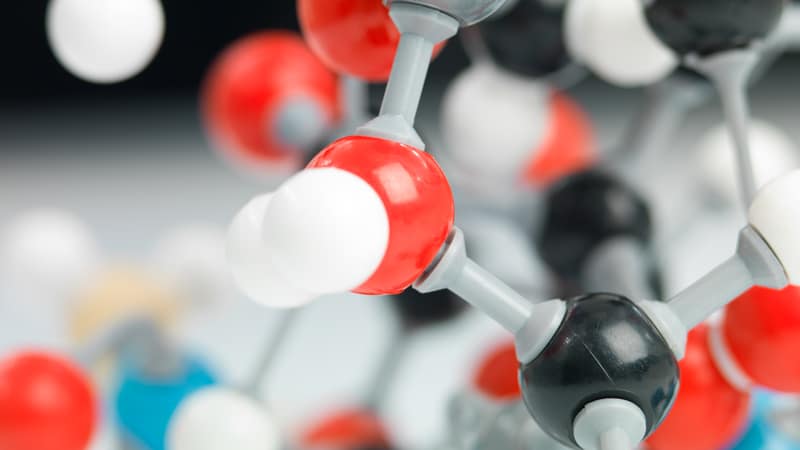Understanding Bitumen Composition:
Bitumen’s specific gravity, ranging between 0.97 and 1.02, underscores its status as a mixture of heavy organic molecules. Exhibiting a semi-solid, viscous consistency in shades of brown to black, bitumen lacks a singular composition formula. Its classification hinges on physical attributes like hardness and viscosity.
Molecular Components:
Bitumen comprises two primary molecular groups: asphaltene and maltene. Maltene influences bitumen’s adherence properties, while asphaltene molecules impact its hardness and viscosity. Classified as a thermoplastic material, bitumen reacts to temperature changes without defined melting, boiling, or freezing points, highlighting its unique organic composition.
Chemical Inertness and Waterproofing:
Bitumen’s chemical inertness and insolubility in water, typical of hydrocarbon materials, contribute to its suitability as a waterproof and anti-rust material. The chemical reaction of bitumen with oxygen, known as oxidation, occurs gradually, ensuring its long-lasting durability.
Physical Characteristics:
1. Hardness or Penetration:
Measured by penetration values, bitumen hardness indicates its suitability for various applications. Higher penetration values signify softer bitumen, ideal for road construction, while lower values indicate harder bitumen, suitable for waterproofing projects. The hardness of bitumen is also influenced by environmental factors like UV exposure and temperature fluctuations.
2. Adhesion:
Bitumen’s adhesive properties, crucial in road construction, make it an effective binder for aggregating materials. Ensuring a dry surface is paramount before applying bitumen to maximize adhesion. The type of bitumen selected depends on the weather conditions of the construction region, with softer grades favored in colder climates and harder grades in hotter environments.
3. Softening Point:
Bitumen’s softening point, determined by the ring and ball test method, is crucial for road construction. Bitumen with a higher softening point is preferable in hot weather, ensuring it maintains its efficiency by melting more slowly.
4. Viscosity and Fluidity:
Viscosity, a key property in achieving uniform asphalt, is influenced by temperature. Lower viscosity makes bitumen suitable for hot weather, maintaining adherence properties, while higher viscosity is preferred in colder conditions to prevent premature hardening and cracking.
5. Ductility:
Bitumen’s ductility and viscoelastic properties contribute to the flexibility of asphalt. The ductility test assesses the bitumen’s ability to return to its original shape after deformation, ensuring a durable and flexible binder for coating aggregates.

